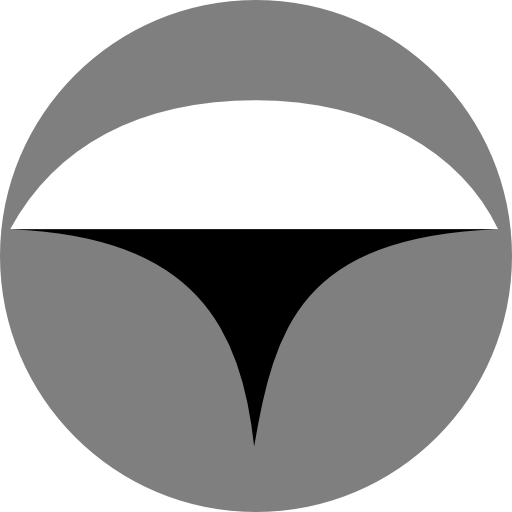
Posture
Release
Imagery
Release
Imagery
Within the Alexander Technique, the “monkey” is the name frequently used when talking about a general position that FM Alexander considered a particularly healthy position, a position of mechanical advantage.

Here FM is teaching a young student this skill… to bend forward primarily using the hip and knee joints while allowing the head, neck, and back to remain lightly poised, long, and released. She probably had the ability as a young child.
I believe that learning to move into this sturdy yet light position of mechanical advantage is made possible in the image exercise that I am presenting here… without the guidance of a teacher.
Illustration 1 – One of my early depictions of the evolution of the “full” dorsal qualities on the body

To the uninitiated (and even those familiar with my imagery) this image will be very peculiar. However, since I believe that with practice this image provides the “guidance” needed to execute a healthy unobstructed “monkey” (with practice) I will proceed.
The first two illustrations are merely to explain the origin of the third illustration, on the next page, which contains the actual image sequence.
Illustration 2 – Early article showing one useful/healthy imaginary conception of “neck free, head forward, and up.”

Illustration 3 – The first figure on the left describes how many of us feel, I suspect… able to breathe but still feeling submerged in a worrisome environment. The second and third figures represent my impression of myself during and after my first Alexander Technique lesson. I felt like my head was coming to float above the “morass.” (As I described it then I think that I meant dirty water). Like a cork on the water. This suggested that I felt more like the first figure before the lesson.

The “director” segment is shown with a full dome-shaped dorsal surface and a flat, taut ventral surface. The front part of the arm and half of the shoulder is part of the director segment, as depicted in the third figure.
In the third figure, the front part of the arm and shoulder is shown bobbing up and floating with the head like a cork on water, bobbing about very gently . Everything that is white is floating on the water surface.
Imagine that you are in water and this is happening to you. If you experience success with this portion of the image (which is an increased sense of lightness and at least a fleeting sense of your director segment floating) then next imagine that your “motor” and “rudder” segments begin to float to the surface as well, one step at a time. If you are standing while doing this exercise, the imagining, with a little diligence, should induce going into a healthy squat or “monkey.” If you are sitting, it should promote moving forward and coming out of the chair… not to full standing but rather to the monkey position. If the parts 7, 6, 5, 4, and 3 are thought to be progressively losing some of their buoyancy, you should eventually end up standing. (If you are fully standing and imagine losing all buoyancy in 7, 6, 5, 4, and 3, the image should take you to a deep vertical squat (or to a chair if it is behind you).
This image, like all imagery, must be experimented with diligently for a period to gain more permanent benefit and knowledge from it… as well as to see it as something other than silly.
